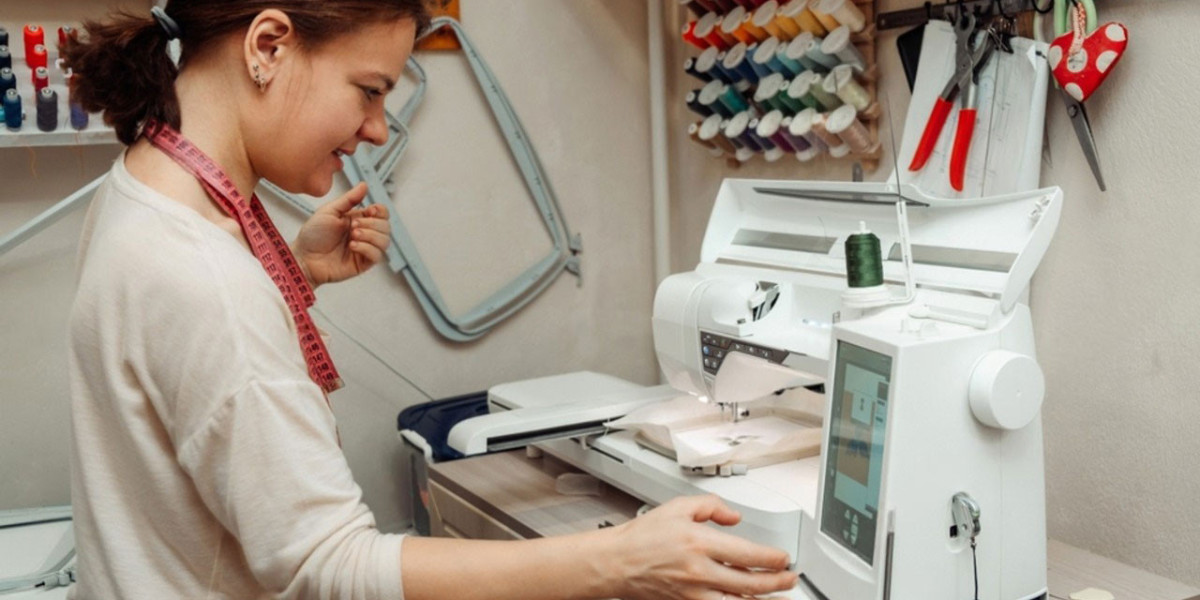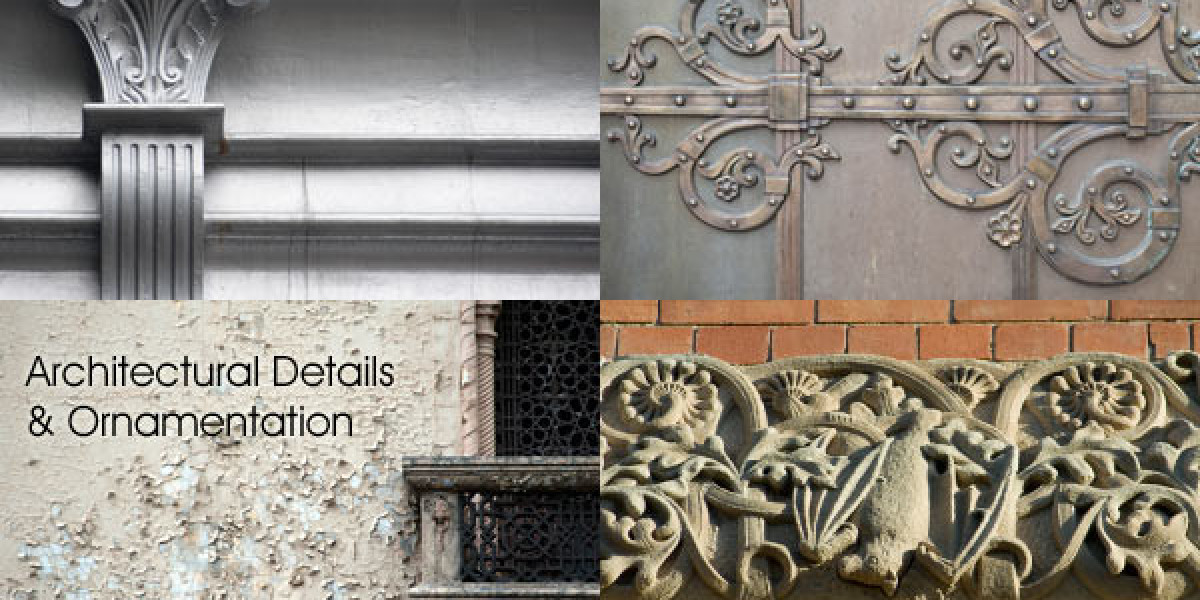Introduction
If you embroider regularly, you’ve felt the frustration. You finish a design, clip the last thread, and look down at a small mountain of trimmings and bobbin ends. Then you glance at your nearly-empty spool of a specific color that you only used for a few hundred stitches. It feels wasteful, and worse, it’s expensive. Many embroiderers see this as a simple cost of doing business, but it’s actually a solvable problem. The secret lies not in the machine itself, but in the digital blueprint that guides it. The true key to efficiency is understanding the profound impact of professional Digitizers for Embroidery. While it might seem like an extra upfront cost, a skilled digitizer doesn't just create a design—they engineer it for maximum efficiency, saving you significant money on thread, stabilizer, and time on every single project you run.
The Hidden Cost of "Cheap" or Auto-Digitized Files
It's tempting to use the auto-digitizing function in your software or buy the cheapest pre-made design you can find. This approach seems cost-effective on the surface, but it's often the primary reason for thread waste. Think of it like building a house.
An auto-digitized file is like a house built with only a rough sketch. The walls might go up, but the plumbing is inefficient, the electrical wiring is messy, and there's a lot of wasted lumber in the scrap pile. It functions, but at a high and hidden material cost.
A professionally digitized file, on the other hand, is like a set of detailed architectural plans made by an engineer. Every stud, wire, and pipe is precisely mapped for efficiency, strength, and minimal waste. In embroidery, this "waste" translates directly into your thread, bobbin, and stabilizer.
The Art of Efficient Stitch Planning: How Digitizers Cut the Waste
So, how exactly does a human digitizer achieve what a computer algorithm cannot? They use a toolkit of techniques focused solely on optimizing the design for real-world stitching. Here’s a behind-the-scenes look at their money-saving methods.
1. Intelligent Stitch Pathing and Trims
This is the single biggest factor in thread savings. An auto-digitizer will often complete one section of a color, trim the thread, jump to a distant part of the design, and start stitching again with the same color. Every single one of those jumps and trims wastes thread—both on the top and in the bobbin.
A professional digitizer meticulously plans the "travel" of the needle. They will sequence the design so that all areas using the same color are stitched consecutively whenever possible. They use "tie-in" and "tie-off" stitches to secure the thread without a trim command for short jumps. By reducing the number of trims from, say, 20 down to 5 in a single design, they save inches of thread with every color change. Multiply those inches by the number of times you stitch the design, and the savings become substantial.
2. Strategic Stitch Type Selection
Not all stitches are created equal. A digitizer chooses the perfect stitch type for each part of the design, balancing aesthetics with efficiency.
Satin Stitches vs. Fill Stitches: A wide satin column uses a lot of thread. Sometimes, a digitizer can cleverly use a dense fill stitch that covers the same area with less thread, while still achieving the desired look.
Stitch Density Optimization: This is a major area of waste. Many designs, especially auto-digitized ones, use an excessively high stitch density. The digitizer packs in too many stitches, making the design stiff and consuming thread without improving the appearance. A professional digitizer reduces the density to the optimal level—enough for solid coverage but no more. This can easily reduce thread consumption in fill areas by 15-20% without you noticing any visual difference.
3. Underlay: The Foundation of Efficiency
The underlay is the framework of stitches laid down before the top stitches. A novice might skip it or do it incorrectly, leading to a domino effect of waste. A professional digitizer uses underlay strategically to:
Stabilize the fabric so the top stitches don't sink in, which would require a higher density to cover (wasting thread).
Push the nap of fabrics like towels, so the top stitches need less density for clean coverage.
Create a level base for top stitches, preventing mis-pulls and thread breaks that lead to re-stitching and wasted time and materials.
Proper underlay means the top stitches do their job perfectly the first time, with no need for a wasteful, high-density "overkill" approach.
4. Preventing Thread Breaks and Puckering
Nothing wastes more thread, time, and morale than a thread break halfway through a 20,000-stitch design. You have to re-thread, re-start, and often you'll have to scrap the entire project if the alignment is off.
Thread breaks are often caused by poor digitizing: too many stitches in one direction creating a thread "bundle," overly dense designs that strain the thread, or incorrect pull compensation that causes the fabric to pucker. A skilled digitizer designs to prevent these issues, ensuring a smooth, uninterrupted stitch-out. Fewer failures mean you aren't throwing away ruined garments and the thread already used on them.
The Ripple Effect: Savings Beyond Thread
The financial benefits of professional digitizing extend far beyond your spool rack. The efficiency creates a positive ripple effect across your entire operation.
Stabilizer Savings: An inefficient design with high density and poor underlay requires heavier, more expensive stabilizer to prevent puckering. An optimized design can often be stitched on a lighter, less costly stabilizer, or even with no stabilizer at all for some fabrics.
Bobbin Thread Savings: Every time the top thread trims, the bobbin thread also trims. Fewer trims and a more efficient stitch path mean your bobbin lasts significantly longer. You'll be refilling bobbins less often, saving both thread and your time.
Needle and Machine Wear: A smooth-stitching design with fewer trims and jumps puts less mechanical stress on your machine and needles, potentially reducing your long-term maintenance and replacement costs.
Time is Money: This is the ultimate saving. An optimized design stitches faster. Fewer trims, color changes, and a lower total stitch count all add up to a quicker completion time. This allows you to produce more in the same amount of time, directly increasing your profitability if you run a business.
Making the Smart Investment
It’s natural to hesitate at the $15-$40 price tag for a custom digitizing job when a pre-made design costs $3. But you must shift your perspective from seeing it as a "cost" to seeing it as an "investment."
A poorly digitized $3 design might waste $5 in thread, stabilizer, and time on the very first stitch-out. A professionally digitized $30 design will save you $2 on every single subsequent stitch-out. If you plan to run that design ten times, the professional version pays for itself and then continues to put money back in your pocket. It is the very definition of "spend money to make money."
Conclusion: Stop Cutting Thread, Start Cutting Costs
The path to a more profitable and less wasteful embroidery business isn't just about buying thread in bulk or finding a cheaper supplier. It's about addressing the problem at its source: the digital file that commands your machine. Every unnecessary trim, every over-dense fill, and every inefficient jump is a silent drain on your resources.
Professional Digitizers for Embroidery are your partners in efficiency. They are the engineers who redesign your workflow from the ground up, stitch by stitch. By investing in their expertise, you are not just buying a design file; you are purchasing optimized material usage, guaranteed reliability, and the gift of your own time. Stop accepting waste as part of the process. Make the smart investment in quality digitizing, and watch your scrap pile shrink as your savings grow.








